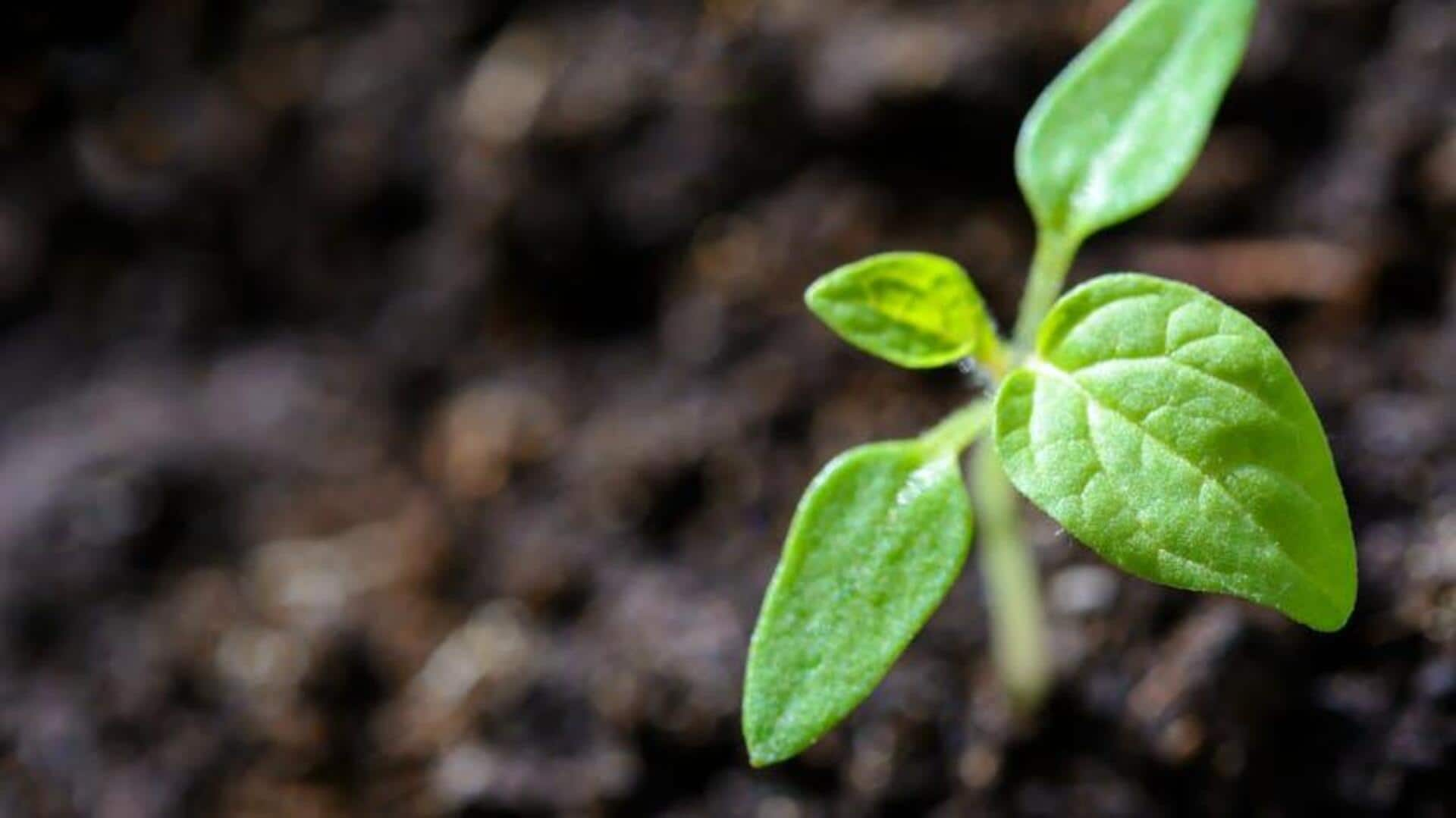
Mould on plants? Try this easy fix
What's the story
Cinnamon, a common kitchen spice, can prove to be an effective tool in preventing mold growth on houseplants. Mold can damage plants by blocking sunlight and inhibiting photosynthesis. Furthermore, using cinnamon as a natural fungicide is extremely cost-effective and eco-friendly. Here's how cinnamon can keep your houseplants healthy by preventing mold growth.
Antifungal properties
Natural antifungal Properties of cinnamon
Cinnamon, high in cinnamaldehyde, has strong antifungal properties. Dusting it on the soil or leaves of houseplants easily prevents the spread of mold spores. This makes cinnamon an excellent, natural choice for anyone wanting to keep plants healthy without resorting to chemical fungicides. It guarantees a much safer habitat for both plants and humans.
Application methods
Application methods for best results
To use cinnamon against mold effectively, lightly sprinkle a small amount directly onto the soil or mix it in water to prepare a leaf spray. This way, you ensure complete coverage. To keep its antifungal properties active, make sure to reapply the cinnamon treatment every few weeks, supporting a mold-free home for your houseplants. This technique helps keep mold at bay, repeatedly.
Chemical-free solution
Benefits over chemical fungicides
Choosing cinnamon over chemical fungicides offers several advantages. It is completely non-toxic, making it safe for humans and pets alike. This makes it the perfect choice for those with indoor plants. Additionally, cinnamon doesn't pollute the environment nor does it endanger the beneficial insects residing in your garden. Its natural antifungal properties offer a gentle yet effective solution to mold problems without the harsh effects of synthetic alternatives.
Cost-effective solution
Cost-effective plant care solution
Choosing cinnamon as a mold prevention method for houseplants isn't just effective, but also economical. You can get an affordable small jar of cinnamon that, if used wisely on your indoor plants, can last for several months. This makes it a cost-effective alternative to commercial fungicides, which can get pretty expensive over time. It gives plant care enthusiasts a budget-friendly way to keep their green spaces healthy and mold-free.